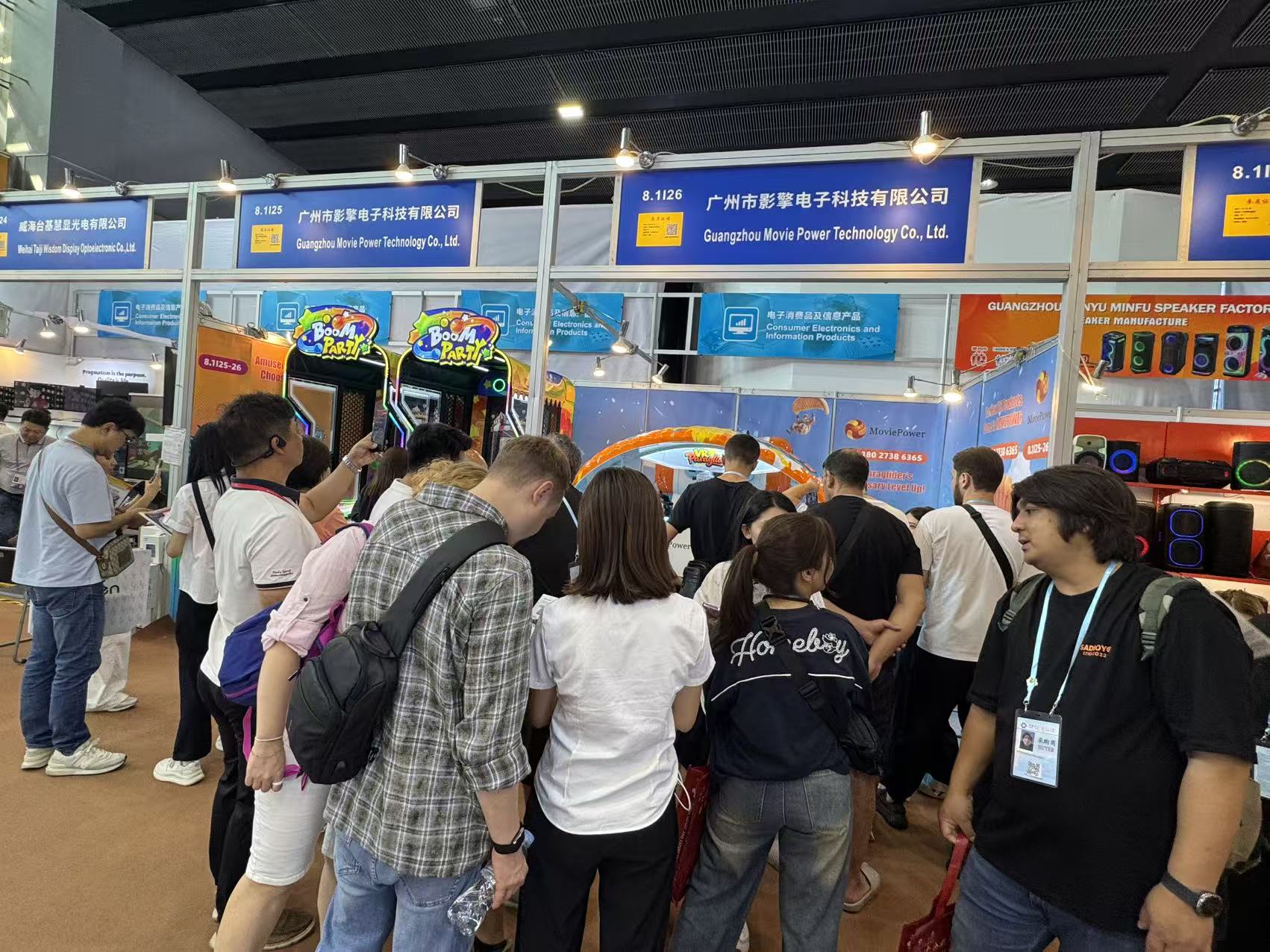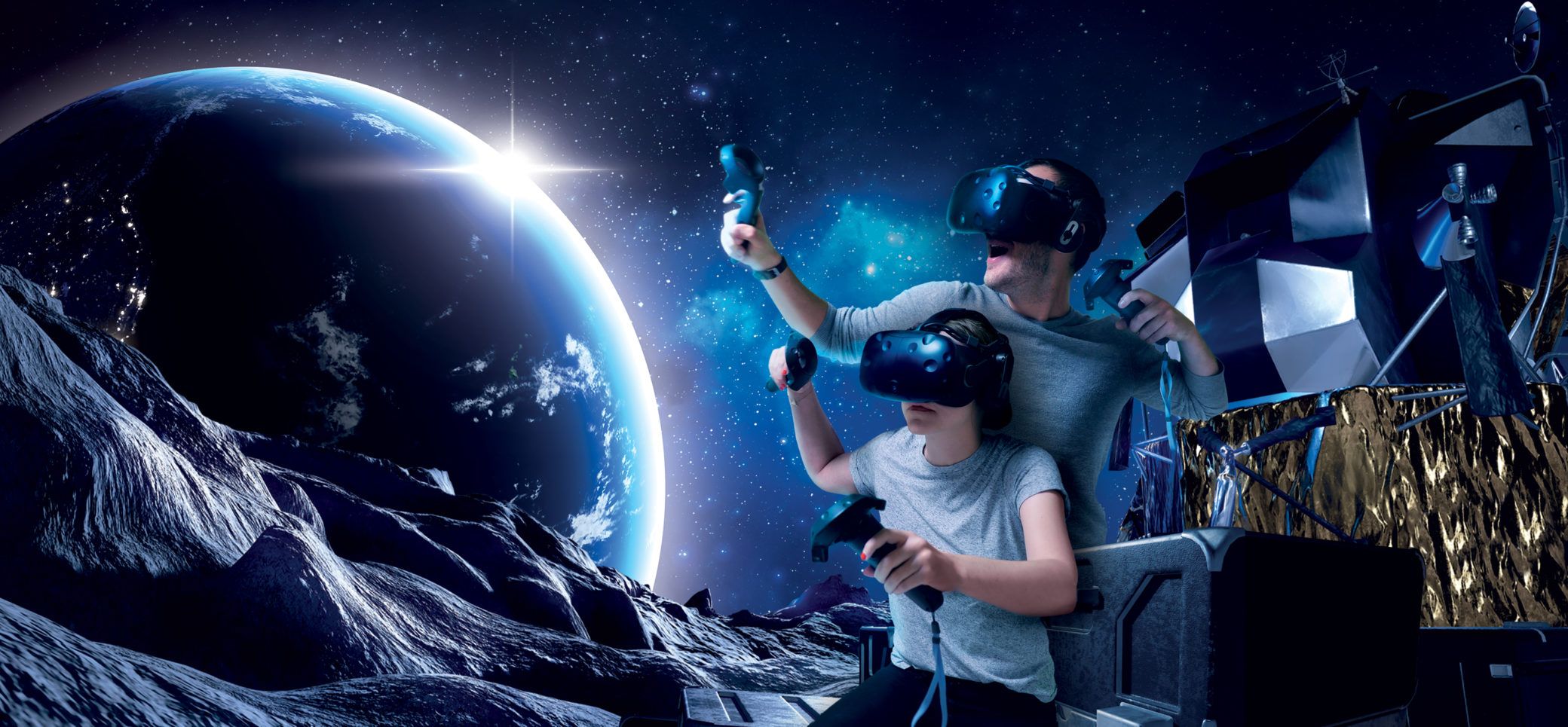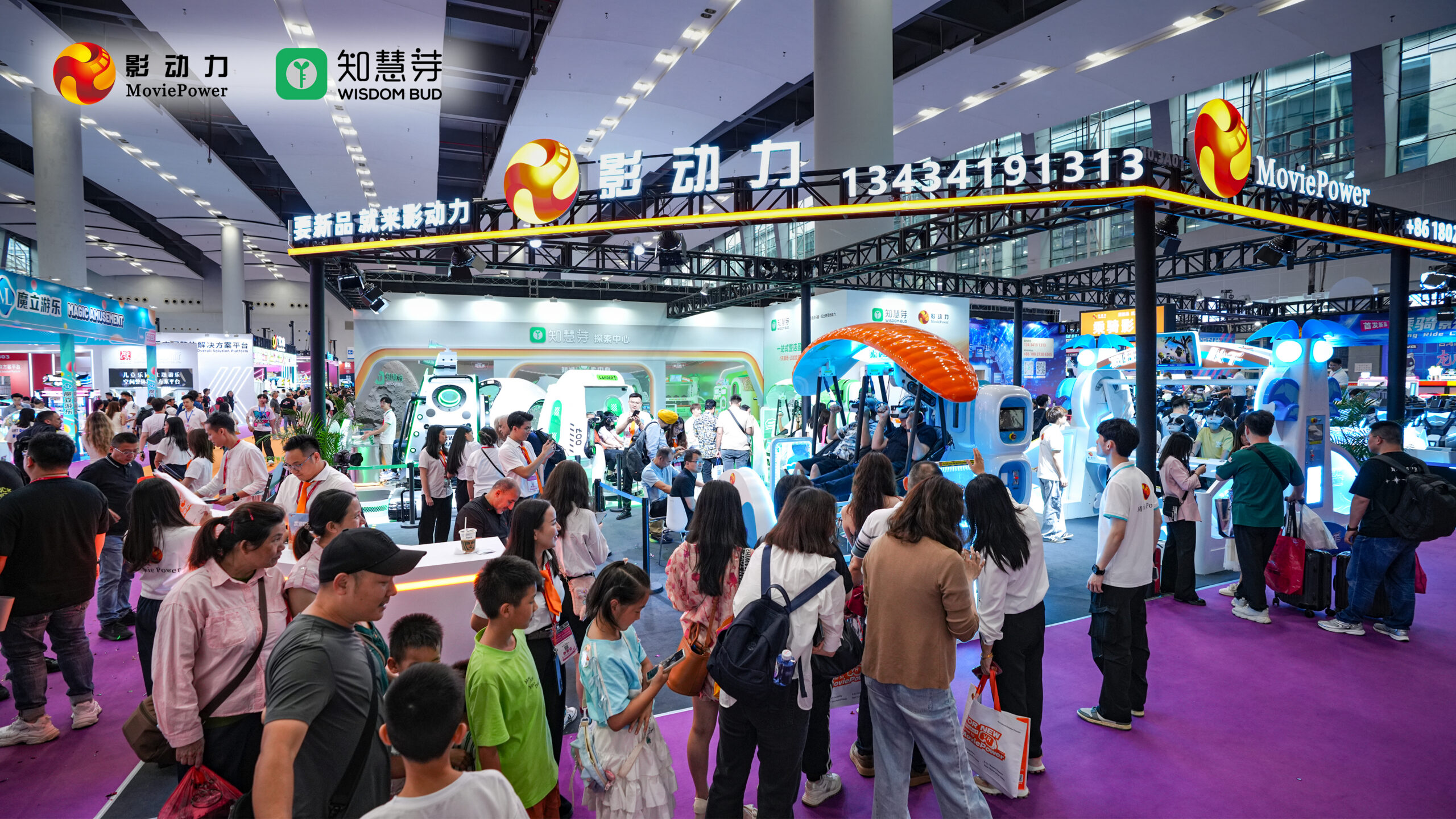Realta virtuale (realtà virtuale) è emerso come una tecnologia rivoluzionaria che ha trasformato vari settori, E l'industria cinematografica non fa eccezione. Incorporazione VR nei film presenta un regno completamente nuovo di possibilità per i cineasti e gli appassionati di film allo stesso modo.
In questo blog, Esploreremo come la VR si integra nell'industria cinematografica e come influisce sul settore.
Cos'è la realtà virtuale?

La realtà virtuale può essere definita come un ambiente generato dal computer che simula un'esperienza realistica, spesso coinvolgendo sensazioni visive e uditive. Soluzioni VR AR hanno fatto passi da gigante negli ultimi anni, consentire agli utenti di interagire con il mondo virtuale e immergersi in un'esperienza davvero coinvolgente. Dai cinema 4D con sedili in movimento ai migliori sistemi VR, Le possibilità di VR nell'industria cinematografica sono illimitate.
Come si evolve in cinema?
La tecnologia VR ha fatto molta strada quando si tratta di esperienze cinematografiche.
Dai cinema 5d a VR 9D Cinemas, L'industria cinematografica ha esplorato vari strade per migliorare l'immersione dello spettatore. Queste tecnologie mirano a fornire di più esperienza multidimensionale e coinvolgente Questo va oltre ciò che il cinema tradizionale può offrire.
Con i progressi nelle società VR, I cineasti ora hanno accesso a strumenti e tecniche all'avanguardia per creare mondi virtuali accattivanti che offuscano le linee tra realtà e finzione.
Il potenziale della realtà virtuale
VR ha un potenziale immenso nell'industria cinematografica, permettendo ai cineasti di creare esperienze coinvolgenti che affascono il pubblico come mai prima d'ora. Creare esperienze coinvolgenti nella realtà virtuale può trasportare gli spettatori in mondi diversi e consentire loro di sperimentare storie in un modo completamente nuovo.
Il potere di immersione e partecipazione attiva in Motion Seats Cinema può rivoluzionare il modo in cui le storie vengono raccontate ed esperte, Fare un film passivo tradizionale guardando una cosa del passato.
Il potere dell'immersione
COME AR VR Development Companies come Movie Power stanno diventando più forti, I cineasti possono ora creare esperienze coinvolgenti che trasportano gli spettatori in mondi diversi.
Da 4D Movie Theater Moving Seats che imitano l'azione sullo schermo a elementi interattivi che coinvolgono i sensi, I film VR possono creare un'esperienza davvero cinematografica che va oltre ciò che i film tradizionali possono offrire.
VR ha la capacità unica di immergere gli spettatori in una narrazione, permettendo loro di sentirsi come partecipanti attivi nella storia. L'accresciuto senso di presenza e realismo che la VR fornisce può evocare potenti emozioni e migliorare l'esperienza complessiva del film. Mettendo il pubblico al centro dell'azione, I film VR hanno il potenziale per lasciare un impatto duraturo sugli spettatori.
Dalla partecipazione passiva alla attiva
I film VR offrono un passaggio dall'aspetto passivo alla partecipazione attiva. Gli spettatori possono interagire con l'ambiente virtuale, fare delle scelte che influiscono sulla trama, e anche diventare personaggi stessi. Questo livello di interattività e coinvolgimento consente narrazione personalizzata e dinamica, Creare un'esperienza unica per ogni spettatore.
Un caso di VR nei film
Numerosi casi studio hanno messo in mostra l'integrazione riuscita della realtà virtuale nell'industria cinematografica.
Lo sviluppo di sistemi VR avanzati, come il potere del cinema, un fornitore di soluzioni VR professionale, Affronta queste sfide fornendo soluzioni hardware e software su misura per il cinema VR.
Il potere del film fornisce simulatore di teatro spaziale VR e sedie cinematografiche 4D multifunzionali per 2 A 6 posti in un gruppo per garantire divertimento in grandi famiglie e amici. Oltretutto, Offre vari temi ed effetti del film, Compreso Back Tickler, fulmine, piovere, nebbia, nevicare, bolle, odore, e così via. Puoi anche Personalizza quelli nelle tue aree in questa compagnia VR.
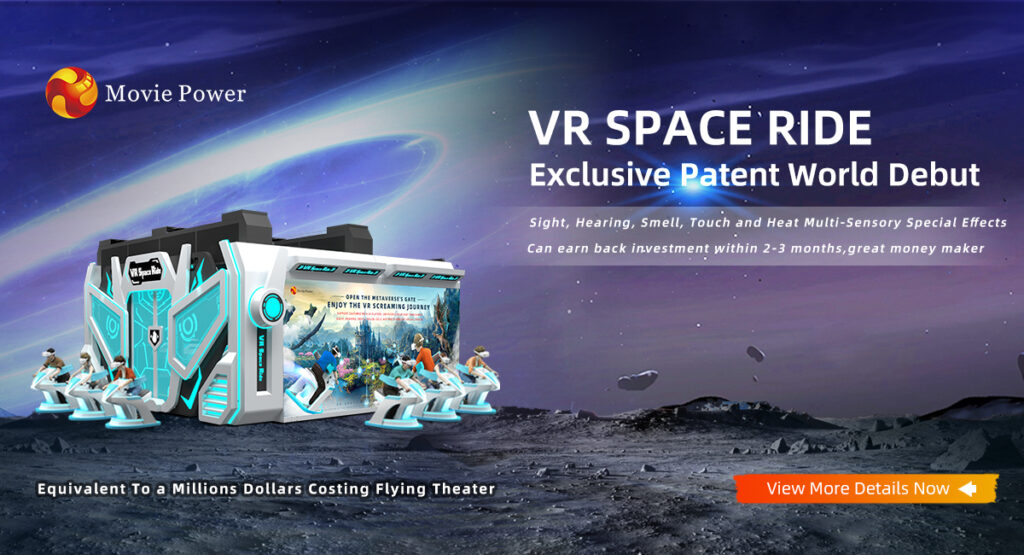
Transizione dal cinema tradizionale alla VR
Mentre VR continua a guadagnare popolarità, Molti cineasti stanno esplorando il passaggio dal cinema tradizionale alla VR. Scriptwriting per VR presenta sfide uniche, Poiché la narrazione deve spiegare la natura interattiva e coinvolgente del mezzo. Inoltre, I registi devono adattare la composizione dei tiri e le tecniche di inquadratura per guidare l'attenzione del pubblico all'interno dell'ambiente virtuale.
Scriptwriting per VR
Scriptwriting per VR richiede una partenza dalla narrazione lineare, con particolare attenzione alla creazione di narrazioni ramificate e percorsi a più storie che gli spettatori possono esplorare. La natura non lineare della narrazione VR consente esperienze personalizzate e diversi risultati della storia in base alle scelte dello spettatore.
Direzione e composizione dei tiri
Nel cinema VR, Gli amministratori devono considerare come guidare l'attenzione dello spettatore all'interno dell'ambiente virtuale. Le tecniche di inquadratura tradizionali potrebbero non tradurre bene in VR, Poiché gli spettatori hanno la libertà di guardare in qualsiasi direzione. I registi devono sperimentare nuove tecniche, come il suono spaziale e i segnali visivi, Per dirigere l'attenzione del pubblico nel mondo virtuale.
Cosa significa VR per gli spettatori
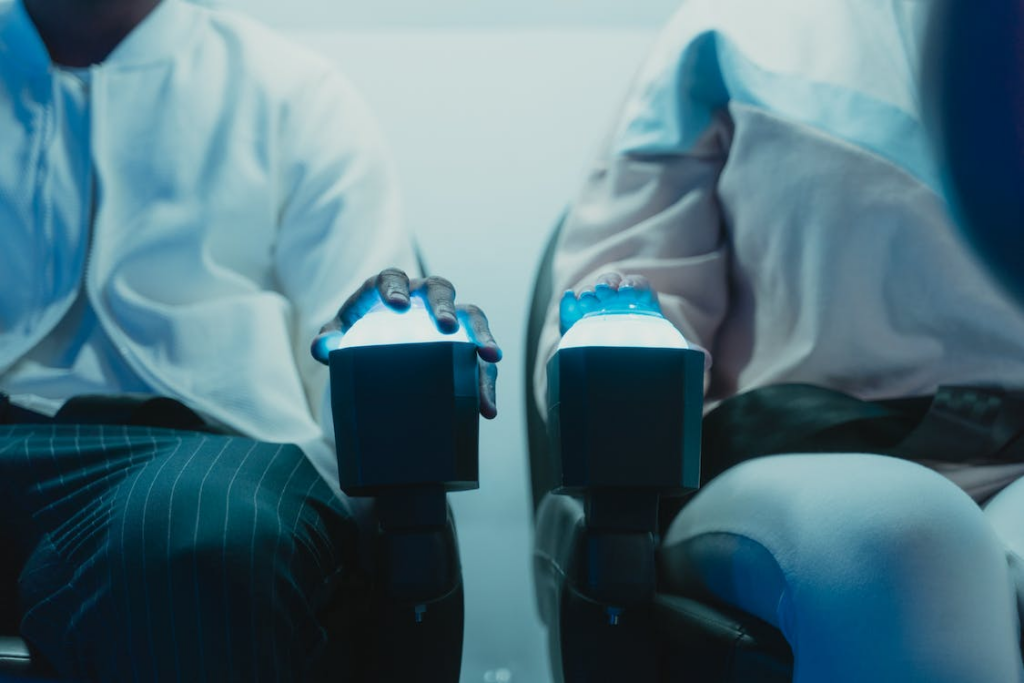
Per gli spettatori, VR apre un nuovo mondo di possibilità. Esperienze teatrali aumentate, come posti interattivi per i cinema, offrire un'esperienza cinematografica migliorata che va oltre lo schermo. Inoltre, L'avvento dei sistemi VR Home consente agli appassionati di film di godere di film coinvolgenti comodamente dalle loro case.
Esperienze teatrali aumentate
Sedili interattivi del cinema integrare le sensazioni fisiche con l'azione sullo schermo, Aggiunta di un ulteriore livello di immersione all'esperienza di osservazione del film. Questi elementi interattivi consentono agli spettatori di sentire vibrazioni, movimenti, e altri segnali fisici che migliorano la loro connessione con il mondo virtuale.
Sistemi VR Home
Sistemi VR Home, Come i posti interattivi del cinema, Consenti agli appassionati di film di godere di esperienze coinvolgenti dal comfort delle loro case. Con la disponibilità di Cumo e contenuti VR a prezzi accessibili, Gli spettatori possono esplorare mondi virtuali e guardare i film VR a loro piacimento.
La sfida di integrare la realtà virtuale nella realizzazione di film
Mentre la realtà virtuale presenta possibilità entusiasmanti, Ci sono sfide che i cineasti devono affrontare durante l'integrazione della realtà virtuale nel tradizionale processo di produzione cinematografica. Superare gli ostacoli tecnici e garantire il comfort degli spettatori è essenziale per un'esperienza VR senza soluzione di continuità.
Ostacoli tecnici
L'integrazione della realtà virtuale nel cinema richiede il superamento delle sfide tecniche, come cucire insieme più feed della fotocamera per creare una vista senza soluzione di continuità a 360 gradi.
Inoltre, Il rendering di contenuti VR di alta qualità e realistici richiede una potenza computazionale significativa.
Le aziende AR e VR svolgono un ruolo cruciale nello sviluppo degli strumenti e delle tecnologie necessarie per superare questi ostacoli tecnici.
Disagio fisico
I film VR possono indurre disorientamento e disagio negli spettatori a causa della natura coinvolgente dell'esperienza.
I cineasti devono considerare attentamente il comfort del pubblico, minimizzare la cinetosi e il disagio mantenendo una narrazione coinvolgente.
Potenziali rischi dei film VR
Mentre i film VR offrono possibilità entusiasmanti, Alcuni potenziali rischi e sfide devono essere affrontati.
- Disagio fisico: I film VR richiedono alle persone di indossare un auricolare, che può causare disagio, compresi i mal di testa, vertigini, e cinetosi. Ciò può limitare la durata della visualizzazione o scoraggiare alcune persone dallo sperimentare del tutto i film VR.
- Accessibilità limitata: Non tutti hanno accesso alla tecnologia VR come le cuffie o l'hardware necessario per supportare le esperienze VR, che può limitare la portata e la distribuzione dei film VR.
- Tecniche di narrazione limitate: I film VR spesso si affidano a un punto di vista in prima persona, che limita le tecniche tradizionali del cinema come l'editing e l'inquadratura. Questo può rappresentare una sfida nel creare narrazioni avvincenti che coinvolgono il pubblico.
- Limitazioni tecniche: I film VR sono ancora limitati da vincoli tecnici come la risoluzione e la qualità del display, che potrebbe non corrispondere al livello di realismo trovato nei film tradizionali. Ciò può influire sull'esperienza visiva complessiva e l'immersione.
- Problemi di proprietà intellettuale: Man mano che i film VR diventano più popolari, Potrebbero esserci maggiori preoccupazioni per la violazione del copyright e la protezione della proprietà intellettuale, Soprattutto con il potenziale di distribuzione e pirateria non autorizzati.
- Sfide legali e di sicurezza: I film VR richiedono spesso che le persone siano completamente immerse nell'ambiente virtuale, che può comportare potenziali rischi per la sicurezza, come lesioni dovute a reazioni fisiche o incidenti causati dalla mancanza di consapevolezza del mondo del mondo reale. I cineasti e i creatori possono affrontare sfide legali per garantire la sicurezza degli spettatori ed evitare potenziali responsabilità.
- I cineasti e le società di sviluppo VR AR devono dare la priorità alla sicurezza e al benessere degli utenti durante la creazione di contenuti VR.
Il futuro: Previsioni e possibilità
Guardando avanti, Il futuro dei film VR ha numerose previsioni e possibilità. Le tecniche di narrazione avanzate attraverso la realtà virtuale possono creare narrazioni profondamente coinvolgenti e interattive. Inoltre, La combinazione di VR con AI può rivoluzionare l'industria cinematografica fornendo esperienze personalizzate su misura per le preferenze di ciascuno spettatore.
Narrazione avanzata attraverso la realtà virtuale
Con i progressi nella tecnologia VR, I cineasti possono esplorare tecniche di narrazione avanzate che sfruttano le capacità uniche del mezzo.
Dalle narrazioni non lineari agli elementi interattivi, VR apre nuove strade per la creazione di storie convincenti e personalizzate.
VR combinata con AI
Combinando la realtà virtuale con AI, I cineasti possono creare esperienze cinematografiche personalizzate basate su Preferenze e feedback individuali.
I migliori sistemi VR dotati di Algoritmi di AI può analizzare i dati degli spettatori per personalizzare la narrazione, caratteri, e persino l'umore generale del film per risuonare con ogni spettatore.
Conclusione
Insomma, VR ha il potenziale per rivoluzionare l'industria cinematografica, consentendo esperienze coinvolgenti e partecipazione attiva da parte degli spettatori.
Mentre ci sono sfide per integrare la realtà virtuale nel cinema, progressi nella tecnologia e la dedizione di AR VR Solution Provider come MoviePower stanno aprendo la strada a un futuro in cui i film VR diventano parte integrante dell'esperienza cinematografica.
Mentre la VR continua a evolversi, Possiamo aspettarci un futuro entusiasmante pieno di narrazioni innovative ed esilaranti avventure virtuali.

